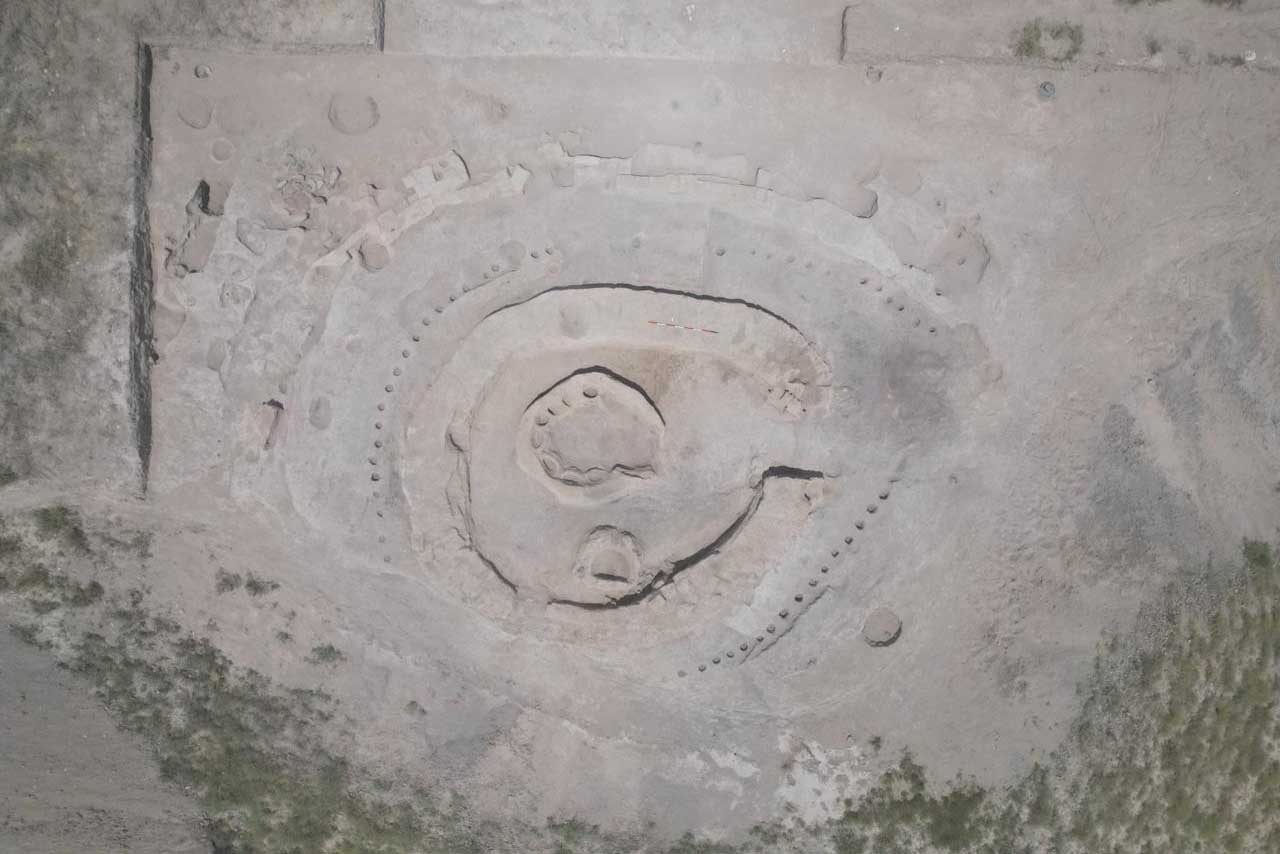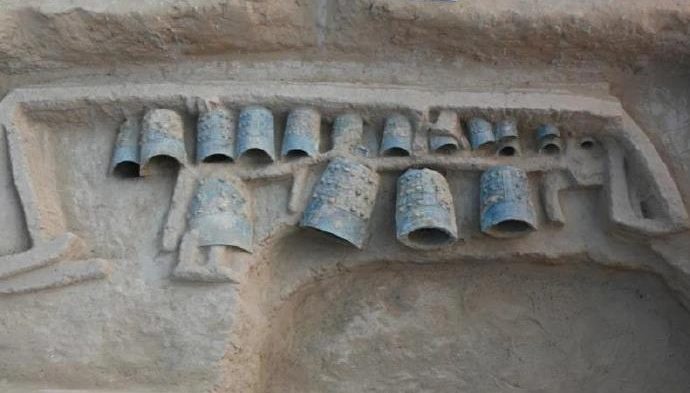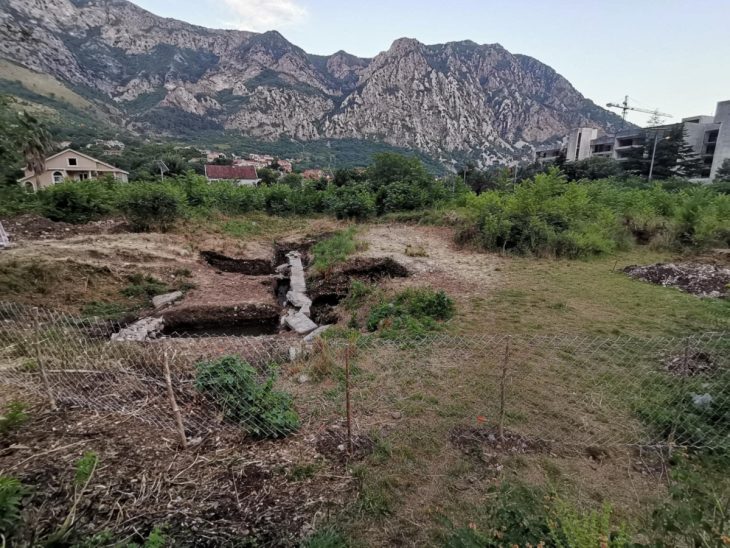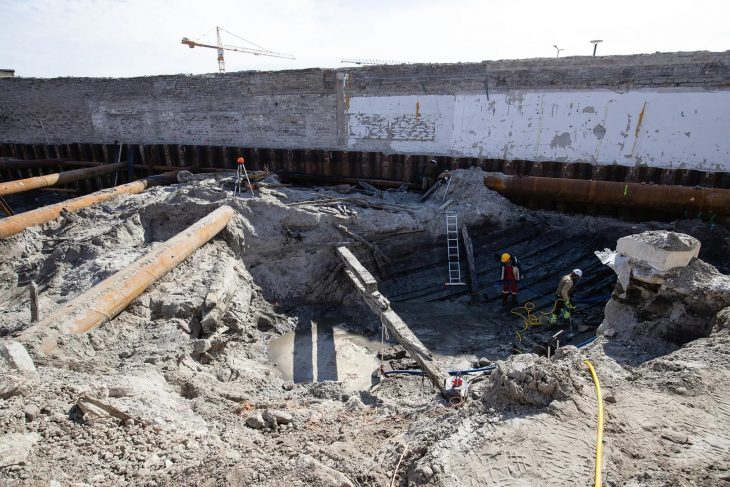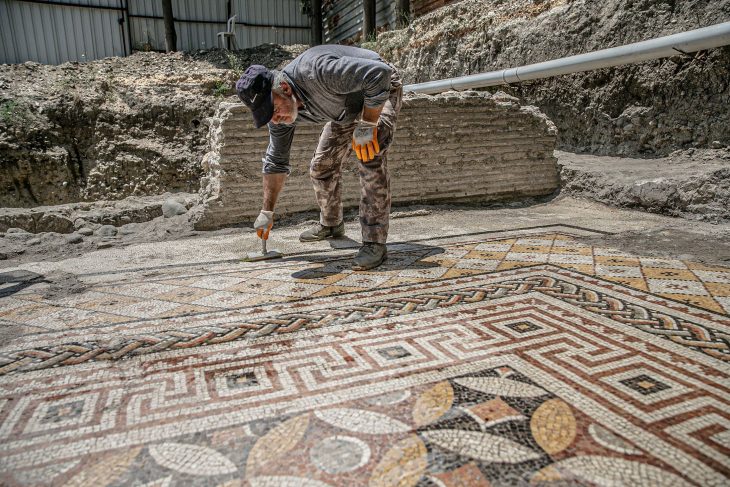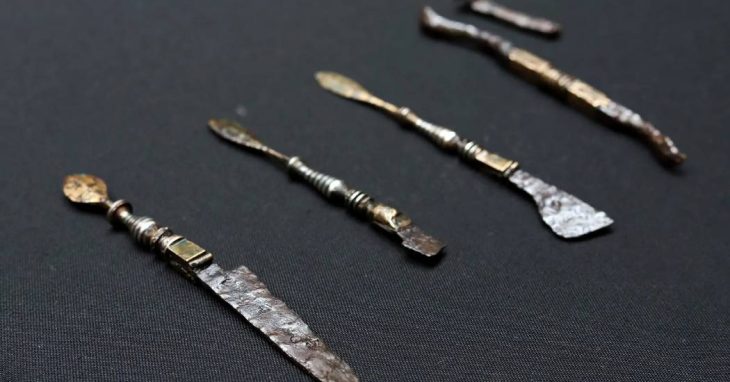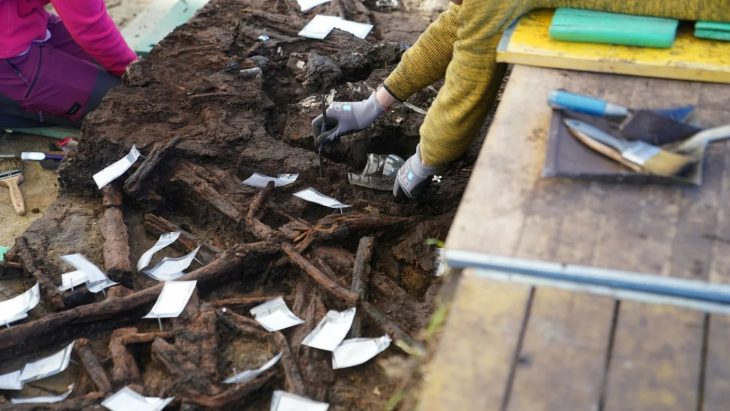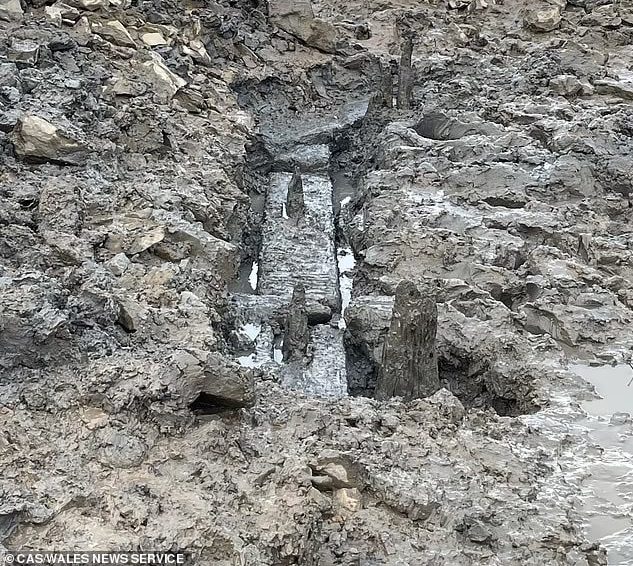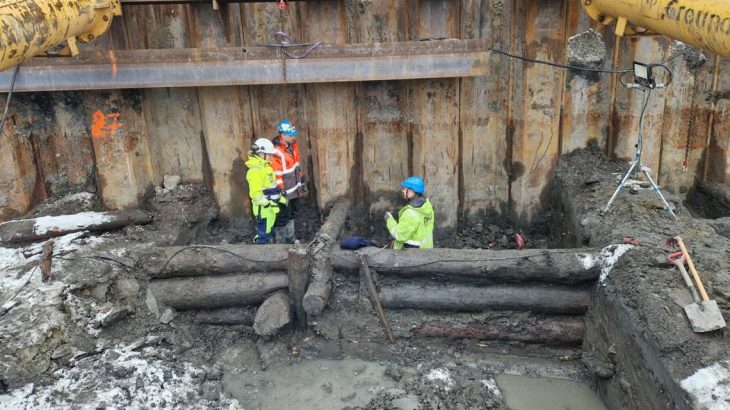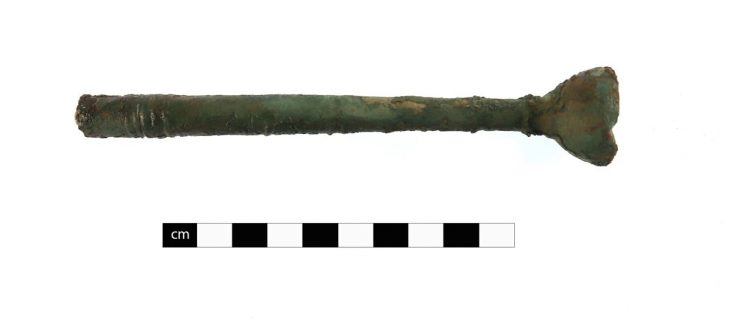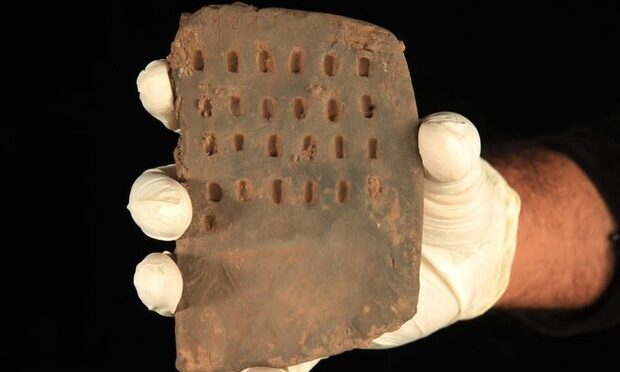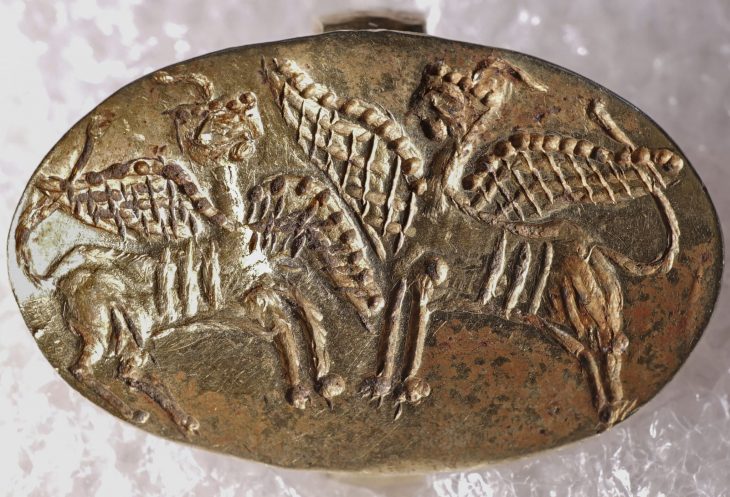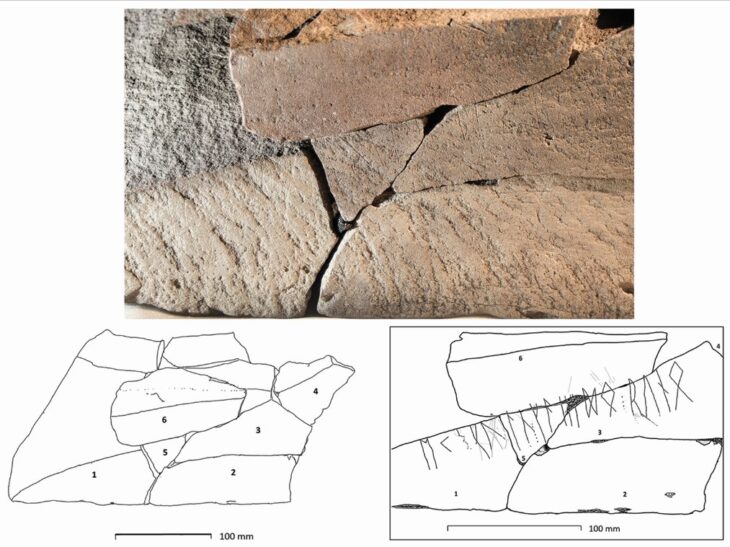A joint team of Italian and Azerbaijani archaeologists has discovered a 3500-year-old ritual table with the ceramic tableware still in situ in the ancient settlement of “Tava-tepe”, a Late Bronze Age site, in the Caucasus region near the borders of Armenia, Georgia, and Azerbaijan.
A concentric circle earthen structure was discovered during the fourth excavation mission at Tava Tepe, which was overseen by Bakhtiyar Jalilov of the Baku Academy of Sciences and Professor Nicola Laneri of the University of Catania. This structure includes a central kitchen area and a ritual table, with ceramic utensils remaining in their original positions.
Between 1500 and 750 BC (the Late Bronze Age and Early Iron Age), nomadic populations traveling between the Kura River basin and the Caucasus Mountains most likely used this site as a resting place before reaching the passes that allowed them to cross the mountains and proceed westward.
During the month of excavations at Tava Tepe, the team discovered an extraordinary raw earth structure with concentric circles characterized, at the center, by a circular kitchen with eight installations.
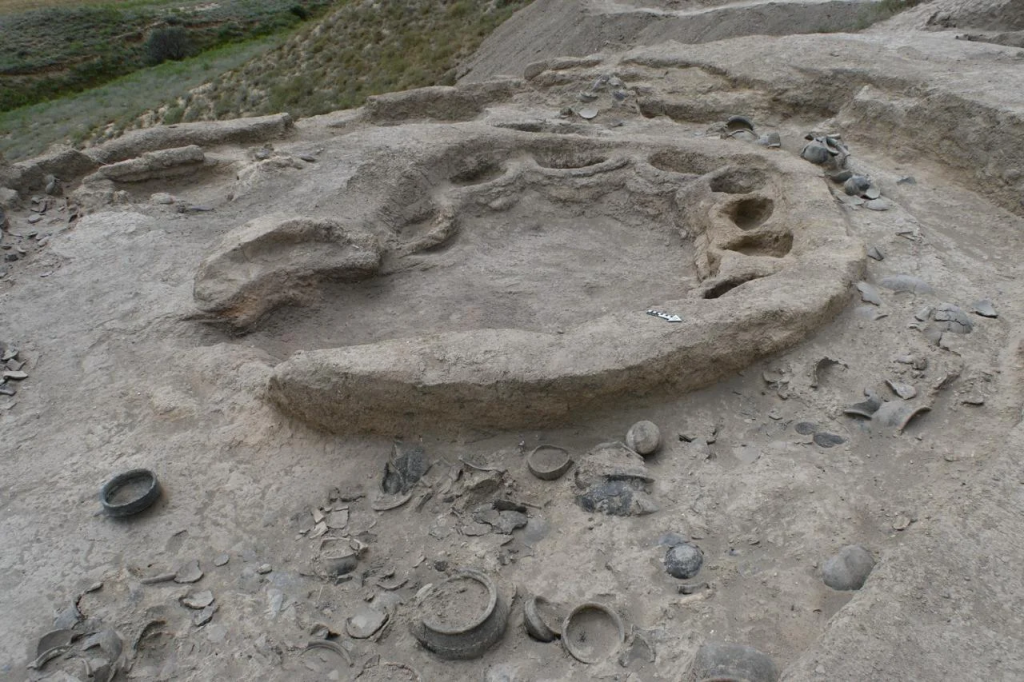
The fire marks located at the base of the accommodations imply that food was cooked inside the various ceramic containers that were discovered strewn all over the place. These containers included bowls, typical black burnished ceramic vessels from that era, and long, flat pebbles that could have been used for food mixing.
In one corner of the kitchen, a thick layer of ash was found, associated with the use of embers, and clay tokens with fingerprints, which may have served as receipts for obtaining food rations.
The structure was characterized by a monumental entrance with wooden columns and a thatched roof, which likely covered the entire complex. Numerous post holes further emphasized the circularity of the structure, which had a diameter of approximately 15 meters. The exterior of the circular area was marked by a large number of animal bones (cattle, sheep, and pigs) and ceramic pottery deposited as rubbish.
The deposit probably represented the remains of meals consumed outside (perhaps while sitting on the wall/bench), part of a shared and ritual consumption of food among members of nomadic communities.
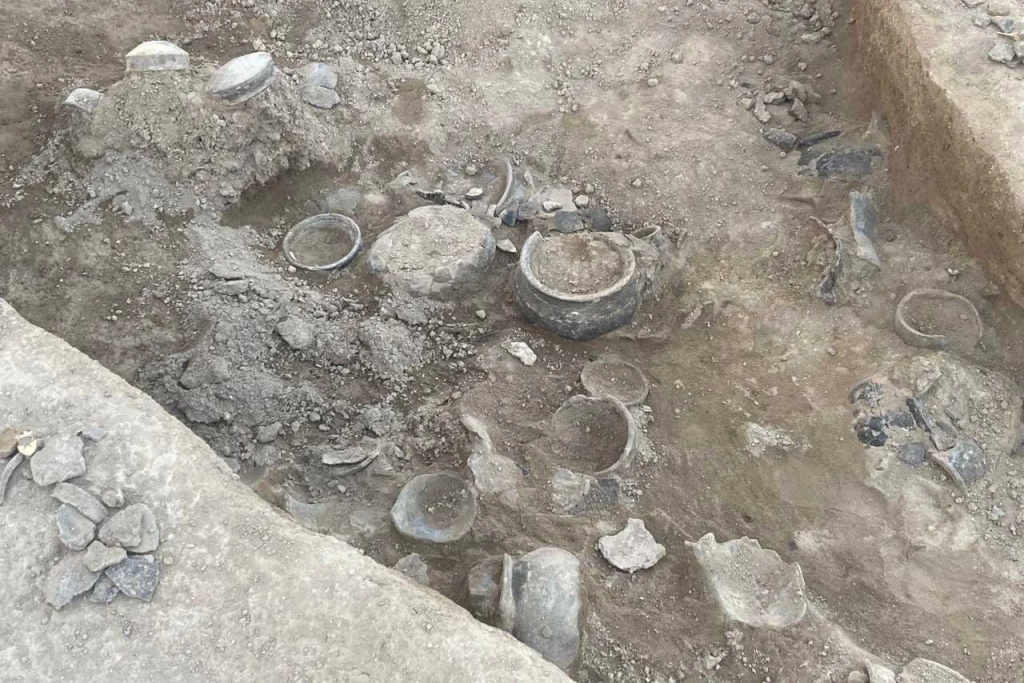
The presence of human figurines placed in votive pits, as well as the fact that the central drum and the entrance to the structure (where the kitchen was located) were later sealed with all of the dishware thanks to a thick layer of compacted yellow earth and the construction of a raw earth circle with a diameter of approximately two meters placed on top, filled with a thick layer of ash, all point to the place’s ceremonial nature.
Prof. Laneri explained: “The structure featured a monumental entrance with wooden columns and a thatched roof, likely covering the entire complex. Numerous post holes accentuating the circular design indicate that the structure had a diameter of approximately 15 meters. The deposit represented the remains of meals consumed outside, part of a shared and ritual consumption of meals among members of nomadic communities.”
Archaeologists plan to present additional findings on Tava Tepe at a festival in mid-July.
Cover Photo: University of Catania

